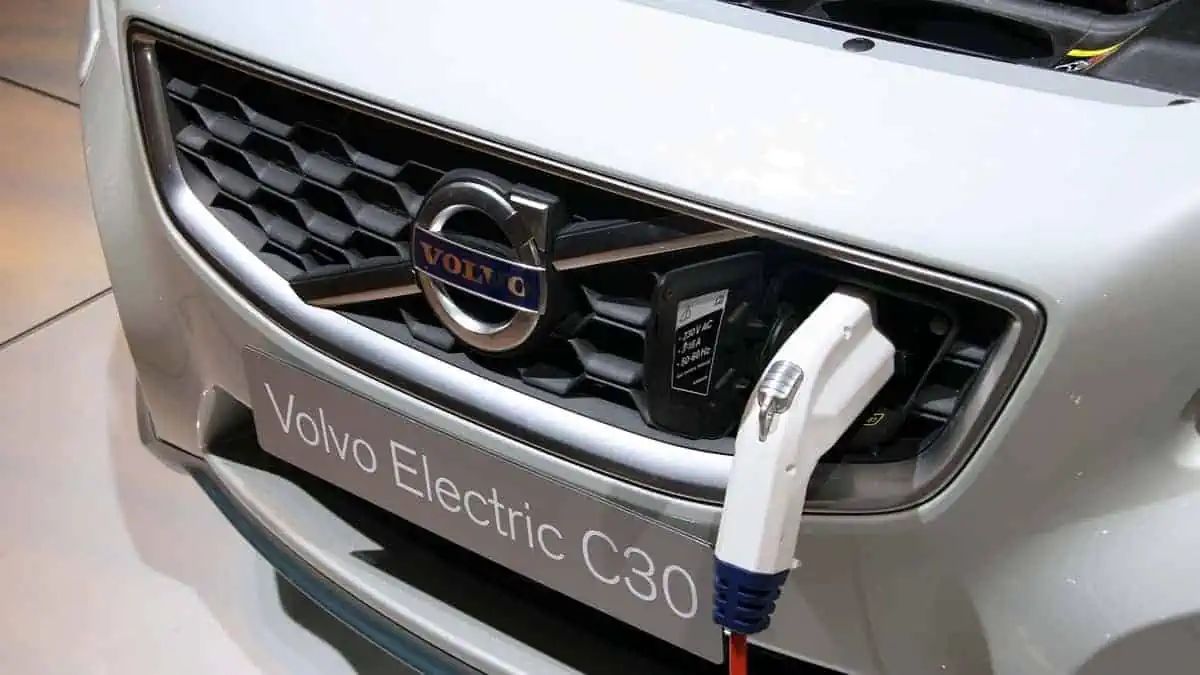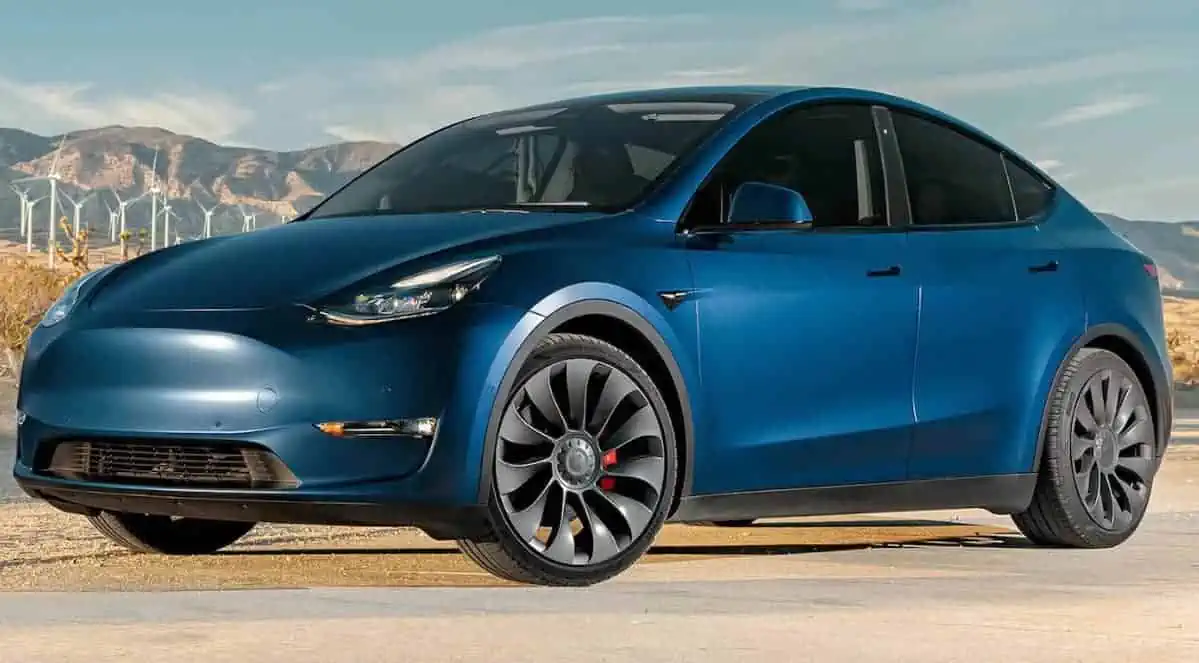The demand for sustainable transportation is rapidly increasing, with leading experts predicting electric vehicle sales will exceed 10 million units by 2025, as per Wards Auto.
In recent years, there has been an increase in EV options because of decreasing battery costs and consumer desire for more sustainable transportation.
To ensure that these pure-electric and hybrid-electric vehicles are reliable, safe, and efficient, advanced electronically controlled systems should work together across various operating conditions.
Below are the top five challenges the industry and designers must overcome as hybrids and EVs are on the road to becoming more popular:
Charging infrastructure
While there was an increase in charging infrastructure, such as charging stations in garages, commercial parking areas, and outside company buildings, the biggest obstacle for consumers is the charging station available for long-distance travel.
There are no sufficient charging stations for drivers traveling to destinations farther from home, local grocery stores, or work.
Significant investments will be needed to keep up with the fast-paced growth of hybrid and electric vehicles for charging infrastructure expansion.
For instance, the federal Inflation Reduction Act of 2022, recently signed into law, provides billions to boost EV production and charging infrastructure.
Additionally, many US consumers will be able to use the light-duty EV tax credit of up to $7,500 per vehicle through 2032.
Less battery efficiency and restricted driving range
Lithium-ion batteries for vehicle electrification currently give drivers around 400-500 km (249-311 miles) range. This is seen as a limited driving range as drivers expect a range of more than 644 km (400 miles).
In addition, battery design is limited by the mass and size of the pack. Increasing its mass negatively affects the vehicle’s acceleration, braking, and handling, and it would need more energy.
Furthermore, designers must ensure that the batteries do not degrade too much over time so drivers won’t need to replace their batteries many times throughout the vehicle’s lifespan.
Electric vehicle reliability
EV components such as the battery, motor, and power electronics are vulnerable to stress, such as mechanical shocks and temperature variation.
It makes powertrain reliability a key challenge for designers. How the performance of a component might affect another needs to be addressed.
Power semiconductors
EVs are dependent on power conversion systems. Power conversion systems that use silicon-based power semiconductor switches add efficiency and minimize energy loss.
Notably, silicon power semiconductors like MOSFETs have limited voltage. To overcome these concerns, wide-bandgap devices such as gallium nitride (GaN) and silicon carbide (SiC) can be utilized as they are small, can function in high-frequency and high-voltage modes, and are capable of working with high thermal conductivity and less on-state resistance.
However, they are costly, and only a few manufacturers produce them.
Fluctuating automotive supply chain
Unlike gasoline-powered vehicles, an electric drivetrain has around 3,800 fewer parts. This provides benefits such as less maintenance, lower cost, and overall reduced ownership cost.
However, since suppliers rely on OEMs and their simulation tools, integration is more crucial than ever. OEMs and suppliers should proactively update their supply chains to keep up with future mass EV adoption based on global incentives and future restrictions.
For instance, China started requiring 10% of new-car sales to be all-electric or hybrid in 2019, while Europe aims to ban any fossil fuel-powered vehicles by 2040.
Key to EV growth
Design teams need a cost-effective design solution in order to meet reliability, performance, and safety demand by consumers and the EV industry.






